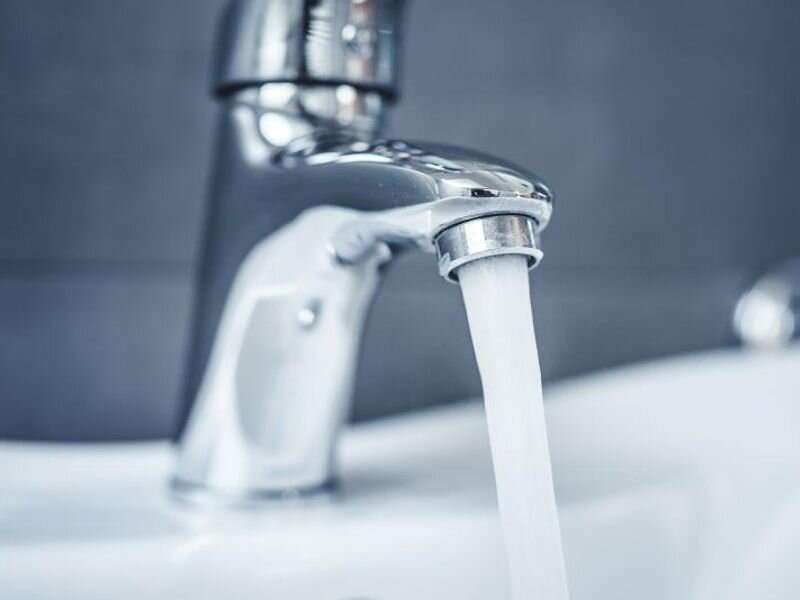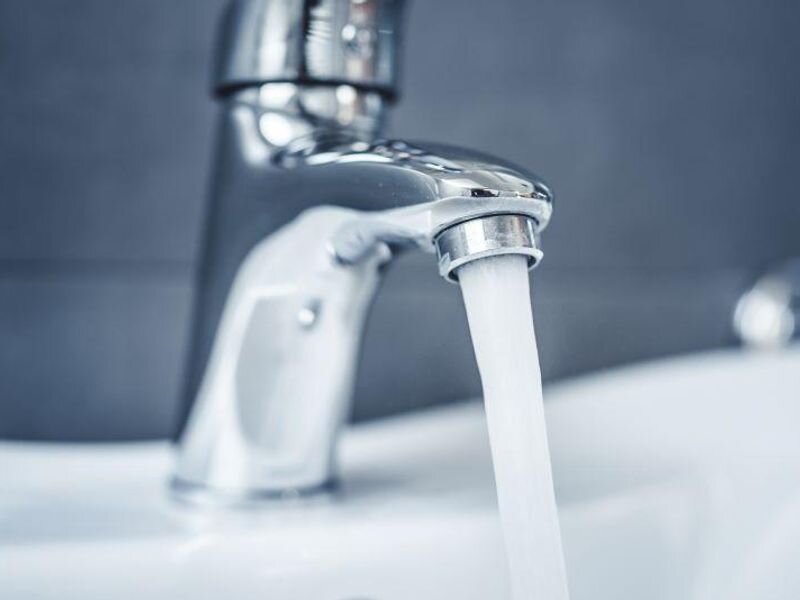
Fluoride levels in water usually reach the target of 0.7 mg/L and rarely exceed the safety standard of 2.0 mg/L, according to research published in the June 2 issue of the U.S. Centers for Disease Control and Prevention Morbidity and Mortality Weekly Report.
Noting that water systems should target a level of 0.7 mg/L and maintain levels ≥0.6 mg/L to provide the benefits of community water fluoridation, Theresa J. Boehmer, from the CDC in Atlanta, and colleagues analyzed monthly data from the CDC Water Fluoridation Reporting System for water systems that added fluoride during 2016 to 2021.
The researchers found that 16.3 percent of the population-weighted monthly fluoride measurements (person-months) during 2016 to 2021 were <0.6 mg/L; only 0.01 percent of person-months exceeded 2.0 mg/L, which the Environmental Protection Agency set as a safety standard to prevent mild or moderate dental fluorosis. More than 80 percent of population-weighted fluoride measurements from community water systems were greater than 0.6 mg/L. Overall, 4,080 community water systems safely fluoridated water 99.99 percent of the time, with levels below 2.0 mg/L.
“Maintaining and improving access to optimally fluoridated water remains a vital, safe, and successful method for reducing dental caries and their associated costs for communities and families,” the authors write.
One author was employed by the DB Consulting Group.
More information:
Abstract/Full Text
Journal information:
Morbidity and Mortality Weekly Report
Source: Read Full Article
